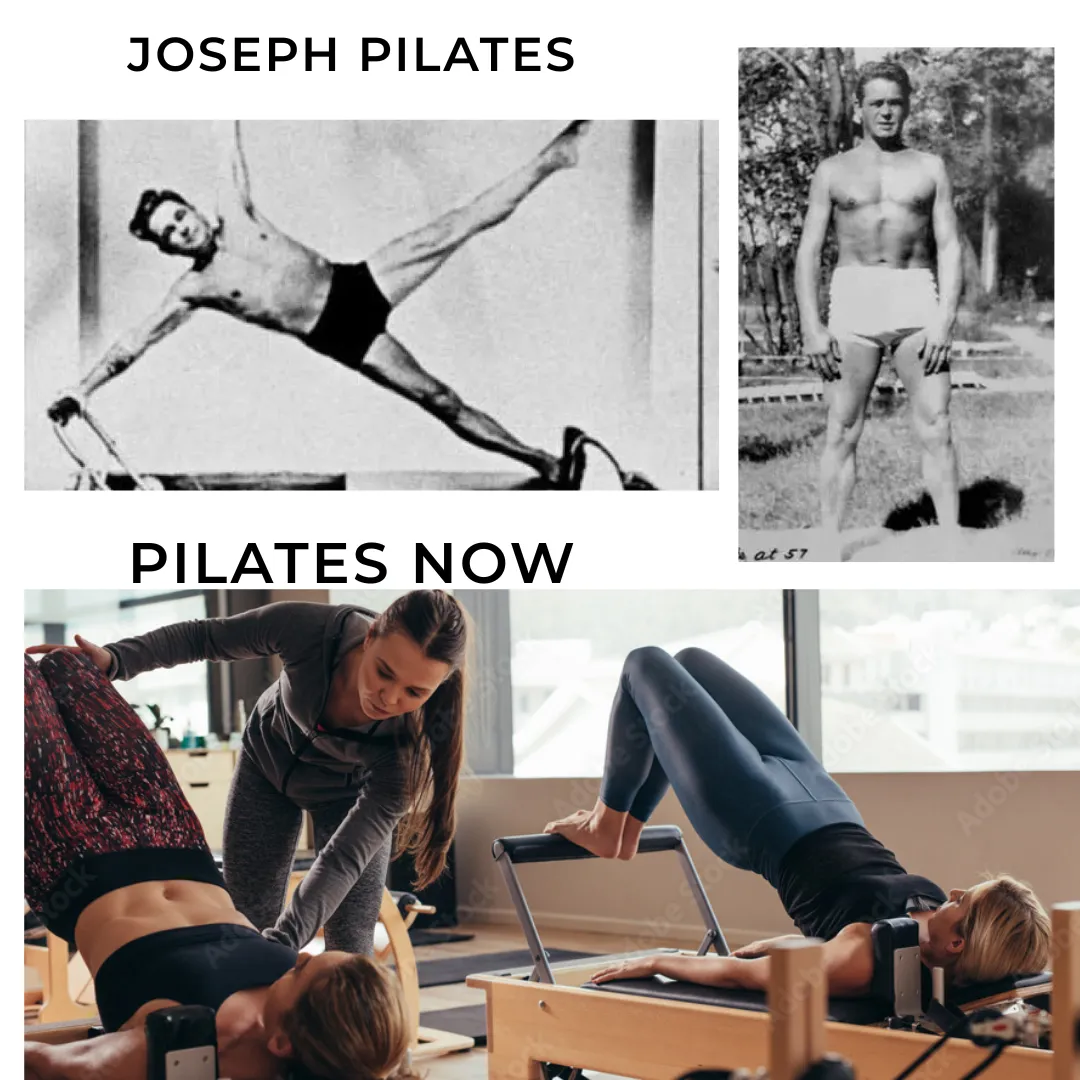
Pilates: From Its Origins to Modern Practice
Pilates, a method of exercise emphasizing core strength, flexibility, and mindful movement, was developed in the early 20th century by Joseph Pilates, a German-American physical trainer. Born in 1883 in Mönchengladbach, Germany, he created a system he called "Contrology," focusing on controlled movements and breathing. After immigrating to the U.S. in 1926, he and his wife Clara opened a studio in New York City, attracting dancers and athletes seeking rehabilitation and improved performance. His innovative approach laid the foundation for the global Pilates movement we know today.
Celebrity Endorsements and Popularity
In contemporary times, numerous celebrities have embraced Pilates for its physical and mental benefits. Lady Gaga incorporates Pilates into her fitness routine to maintain core strength and flexibility. Madonna includes Pilates as part of her diverse workout regimen to achieve a strong, lean physique. Hailey Bieber regularly practices hot Pilates, praising its intensity and effectiveness. Jennifer Aniston combines Pilates with yoga and other exercises to maintain her fitness. Kate Hudson attributes her toned figure to consistent Pilates practice. The late Kobe Bryant integrated Pilates into his training to enhance performance and prevent injuries. Kathryn Hahn incorporates Pilates into her wellness routine, alongside hiking and meditation, to maintain balance and vitality.
Common Injuries and Prevention
While Pilates is generally considered a low-impact exercise, improper technique or overexertion can lead to injuries. Common issues include neck strain, lower back pain, and joint discomfort. To prevent these, it's essential to:
Maintain proper form and alignment during exercises.
If you are new to the practice, make sure you are working with an experienced instructor. They can make sure you are using proper technique and help you prevent injury.
Engage core muscles to support movements.
Avoid overextending or forcing movements beyond comfort levels.
Incorporate warm-up and cool-down routines to prepare muscles and prevent strain.
Consulting with certified instructors and listening to one's body are crucial steps in minimizing injury risks.
Dietary Considerations for Pilates Practitioners
Nutrition plays a vital role in supporting Pilates practice. A balanced diet ensures energy levels are sustained, and muscle recovery is optimized. Key dietary guidelines include:
Consuming a light meal 1-2 hours before a session, such as Greek yogurt with berries or a banana with almonds.
Post-workout meals should focus on lean proteins and complex carbohydrates to aid muscle repair, like grilled chicken with quinoa and vegetables.
Staying hydrated before, during, and after workouts.
Avoiding heavy or high-fat meals close to workout times to prevent discomfort.
Tailoring dietary choices to individual needs and workout intensity can enhance overall performance and well-being.
Pilates offers a comprehensive approach to physical fitness, emphasizing controlled movements, core strength, and flexibility. Its adoption by celebrities and athletes underscores its effectiveness and versatility. By understanding its origins, recognizing potential risks, and aligning dietary habits, practitioners can fully benefit from this enduring exercise method.
#Pilates #JosephPilates #CoreStrength #Flexibility #MindfulMovement #PilatesInjuries #PilatesDiet #PilatesForAthletes #PilatesWellness #PilatesPractice
References:
Understanding and Preventing the Most Common Pilates Injuries
Pilates Diet Guide: What To Eat Before And After A Pilates Workout
Pilates Exercises - a full guide to preventing sports injuries
Your Diet When Practicing Pilates - Verywell Fit
Pilates — Hands on Rehab and Aquatics, Inc.
The Ultimate Pilates Diet Plan 2024
Pilates Diet: Essential Nutrition Tips for Practitioners
Pilates For Injury Prevention: Does It Really Work?
Pilates for athletes: improving performance and preventing injuries
Pilates Safety: Minimizing Risks and Preventing Injuries
https://pilateslive.co.uk/pilates-blog/who-was-joseph-pilates/